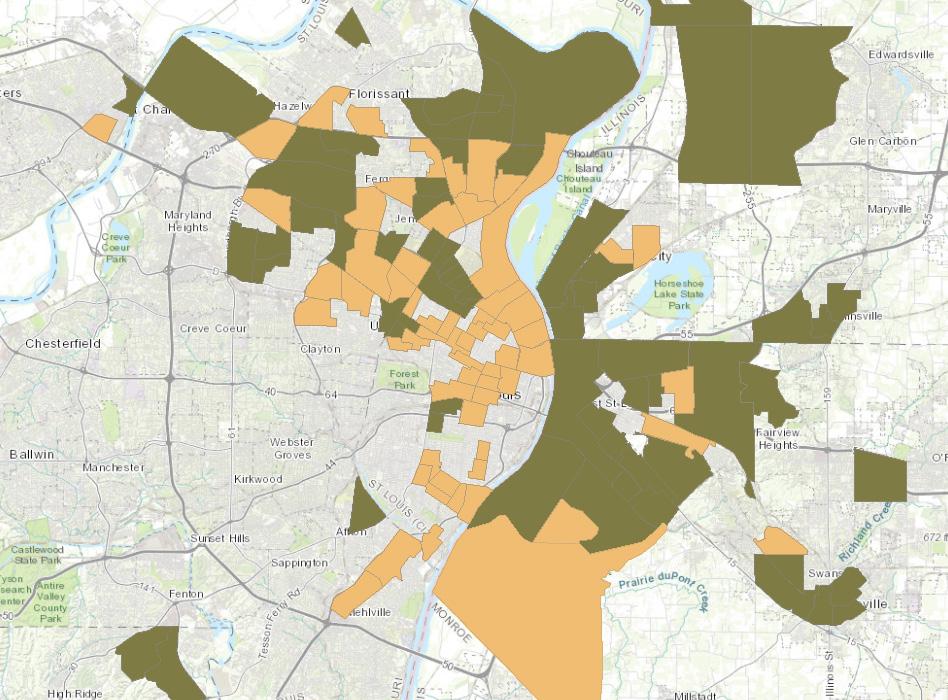
1 minute read
A Brewery Without Booze?
How Anheuser-Busch pivoted to survive Prohibition








WRITTEN BY EMILY STANDLEE PHOTOS COURTESY OF ANHEUSER-BUSCH
Support for Prohibition had been building for decades before the law went into effect in 1920. The 18th Amendment forced many businesses, including St. Louis mainstay Anheuser-Busch, to pivot quickly and creatively to stay open.

“I think it’s important to note that at the height of the pre-Prohibition era, there were about 1,500 breweries in the United States,” says Tracy Lauer, manager and curator of collections at Anheuser-Busch. “When Prohibition was finally repealed, only about half of them [had] survived.”
Although A-B lobbied against Prohibition, the business’s leaders drew the line at breaking the law; instead, they experimented with a nonalcoholic beer called Bevo. This endeavor was successful at launch, and it provided funding to build an eponymous new bo ling facility in 1918 that’s still in good condition today. The brewery also created a nonalcoholic version of its bestselling Budweiser, but the product didn’t take off. Meanwhile, bootleggers all over the country were manufacturing liquor, which was easier to smuggle and didn’t have much of a smell when produced.


“When you’re [near the A-B campus], you can smell the hops and the barley,” Lauer says. “It’s not something you can easily make and not have people smell. If I were a Prohibition agent, the first thing I would do is look around for illegal activity; I [would] use my nose.”


During this same era, to meet an increased demand for mixers, A-B began making ginger ale, which sold well. It also made grape- and chocolate-flavored sodas. “We found that consumers were looking for things they could mix; ultimately, the cocktail was born during Prohibition for that reason,” Lauer explains. Although the formal amendment wasn’t repealed until Dec. 5, 1933, beer became legal on April 7 of that year, giving A-B a leg up on liquor producers, who had to wait to restart their sales. At midnight on April 7, a crowd of 25,000 lined up in Soulard outside the Bevo bo ling facility, anxious to legally purchase beer again.

The brewery had one more surprise up its sleeve for the waiting group – a wagon hitched to six Clydesdales. A gi to the head of the company from his two sons, the horse-and-wagon combo was a metaphor of sorts and a genius marketing scheme meant to help consumers recall the “be er days” before Prohibition.
“It was so well-received, they used the Clydesdales to deliver the first case of postProhibition Budweiser to the President of the United States,” Lauer says.











